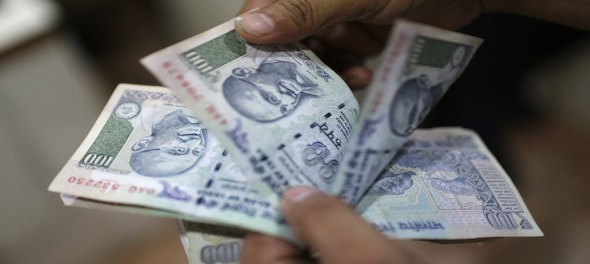
The deadline to apply for higher pension under Employees’ Pension Scheme (EPS) will end on June 26 i.e. Monday. However, EPS members are still wondering if they should apply for the same or not.
Live TV
Loading...
The Employees' Provident Fund Organisation (EPFO) has recently addressed many doubts related to the computation and documentation. However, there is still a lack of clarity on various issues surrounding the process. Experts believe that due to this confusion, the deadline may be extended again, although the chances are low as it has already been extended twice.
How advisable it is to opt for high pension
It must be understood that the benefit of the higher pension will not be the same for all EPS members. According to experts, employees should consider their retirement objectives and financial requirements before opting for a higher pension.
Sandeep Sehgal, Partner at Tax, AKM Global believes that higher pension should be perceived from the long-term retirement goals perspective.
"It would surely provide an increased monthly income after retirement years and would prove to be a beneficial option for individuals who are not having any other source of retirement income. On the flip side, if individuals have other sources of retirement income (such as personal pension or investment), a higher EPS pension is not beneficial. From the taxation standpoint, monthly pension would be taxable but lump sum amount given after retirement is exempted, subject to stipulated conditions," Sehgal said.
It must, hence, be understood that opting for a higher pension may not be a good enough option for those who intended to plan retirement early since the individual can only opt for EPS after completing 10 years of service and 58 years of age.
There are many ways to secure post-retirement life, for example, equity investments for dividend income and capital appreciation, real estate for rental income, interest income from debt instruments, etc. Investors should spread their retirement savings among multiple baskets instead of concentrating them in a single investment vehicle.
How to apply
Those willing to apply can do it jointly with employer for the enhanced benefit in the application form prescribed by the commissioner and all other required documents like joint declaration etc.
EPFO has provided a list of documents that an eligible employee is required to submit, along with the joint pension application form, to apply for a higher EPS pension. The circular, issued by the retirement fund body, said it is applicable for an eligible employee who does not have proof of joint request/undertaking/permission (required for making a contribution to the EPF account on full/higher salary for those where basic salary exceeded the wage limit). In such cases, the EPFO field offices can accept higher pension applications as per the following procedure.
According to the EPFO circular, the following employees along with their employers can submit the joint option to the concerned regional office:
(Edited by : C H Unnikrishnan)
Check out our in-depth Market Coverage, Business News & get real-time Stock Market Updates on CNBC-TV18. Also, Watch our channels CNBC-TV18, CNBC Awaaz and CNBC Bajar Live on-the-go!


PM Modi visits Ram Mandir for first time since 'Pran Pratishtha', offers prayers before roadshow
May 5, 2024 8:59 PM
Visiting temples, obliging selfie requests, jabbing rivals – Kangana Ranaut is wooing voters on campaign trail
May 5, 2024 8:23 PM

